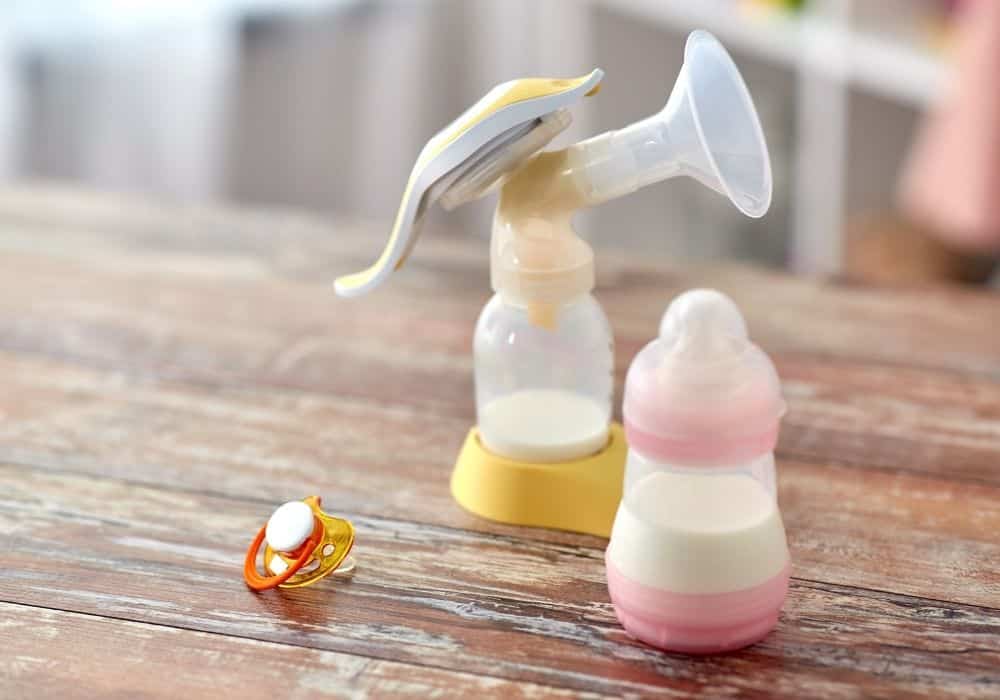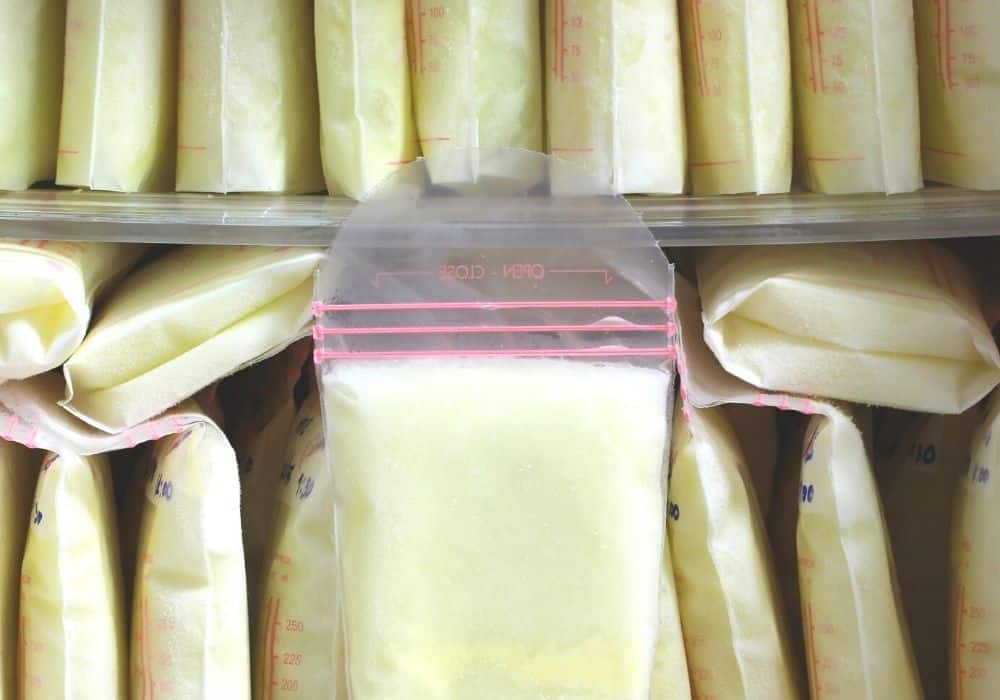You’ve gone to all the time and difficulty to collect the world’s most perfect nutrition for your infant. You want to make the best of what you’ve collected using it all and minimizing waste as much as possible.
Frozen breast milk is good for up to six months in a standard freezer (a freezer that is attached to your refrigerator), and up to one year in a deep freeze (chest or upright). Always write the pump date and your little one’s name on the outside of the storage container. This helps you to keep track of expiration and ensures that your little one receives only your milk at daycare.
Below is a list of suggestions to maximize your breast milk storage and get the most out of your precious liquid gold.
Use storage containers approved for breast milk storage.

Do not use food storage bags or re-purposed plastic bottles to store breast milk. It is important that the storage container can withstand freezing temperatures and warm water baths without leaching chemicals into the milk. Milk storage bags are free of bisphenol A (BPA), the chemical in plastic that has been linked to cancer. An alternative to milk storage bags is a freezer mold that allows you to freeze your breast milk in one ounce bars. In order to minimize your baby’s exposure to this chemical, you should also look for infant bottles that are BPA free
Milk storage bags save on space.
Milk storage bags are ideal because they can make the most out of your freezer space allowing you room for your favorite ice cream and breast milk for baby. Freeze your breast milk lying flat. These thin, shingle-like bags of frozen milk will help you store more breast milk in limited freezer space. Use food grade freezer bins to group individual bags. Bins will accommodate more milk than bulky gallon freezer bags.
ADVERTISEMENT
Don’t over fill milk storage bags.
Bulky bags take up more room and quickly take over your limited freezer space. In addition, over filled bags have a tendency to develop tiny tears and leaks. Not only do these holes provide an escape avenue for your precious liquid gold, but they also create a portal for bacteria. For your newborn, store milk in one to two ounce portions. For older babies, store your milk in two to four ounce portions.
Remember to always store some smaller one ounce portions for those times when baby wants just a little more. Once the bottle goes in baby’s mouth, digestive enzymes in saliva and bacteria in the mouth limit the shelf life of the bottle to one hour. So, the take home lesson is to be conservative with amounts. You can always add a little more, but you don’t want to throw any away.
Group months together.
A little organization while you pump will save you a lot of headache later on. Store milk in a bin or gallon freezer bag labeled with the month it was pumped. Having all your pumping sessions grouped by month will help you rotate through your milk using the older milk first. Simply rotate the bins or freezer bags each month. Many mothers find it helpful to create a sort of milk triage system with a bin or bag labeled “use first.” This helps babysitters, grandparents, or older siblings remove and use the oldest milk first instead of dipping into milk with a much longer shelf life.
Do not store your milk in the freezer door or touching the sides of the freezer.
The freezer door is not as cold as the body of the freezer. Think about the last time you stored your ice cream in the freezer door. It was probably soft and runny, not firm and frozen like it should be. Most freezers go through an automatic defrost cycle. If your milk is touching the sides of the freezer it will go through a constant cycle of thawing a little and refreezing. This cycling of temperatures will cut back on the shelf life of your milk. Store your milk in the body of the freezer where it is coldest.
ADVERTISEMENT
Remember to only thaw enough milk for use in a 24 hour period. After thawing, breast milk is only good for 24 hours. It can’t be refrozen. Thaw your milk in the refrigerator overnight, or in a pan or bowl of warm water. Never microwave your breast milk. Not only does microwaving create dangerous scalding pockets of milk, it also destroys the precious antibodies in your milk. Instead, warm your milk under warm, running water.
A trick used in daycares is to fill a crockpot with four or five inches of water and turn on the low setting. This creates a warm bath for slow, gentle, warming of your baby’s bottle. Resist the temptation to shake the bottle. Shaking breast milk breaks apart the protein molecules. There are some health benefits to digesting these proteins intact. Instead, gently agitate or rock the bottle side to side to mix the fat molecules that like to cling to the side of the bottle.
If you find that you have an abundance of stored milk that is going to expire, consider becoming a breast milk donor. Pasteurized donor human milk is provided in many NICUs across the country for the fragile preterm and sick newborns. Check out hmbana.org to find a milk bank near you.
ADVERTISEMENT

